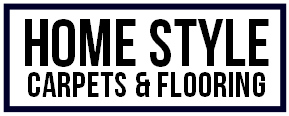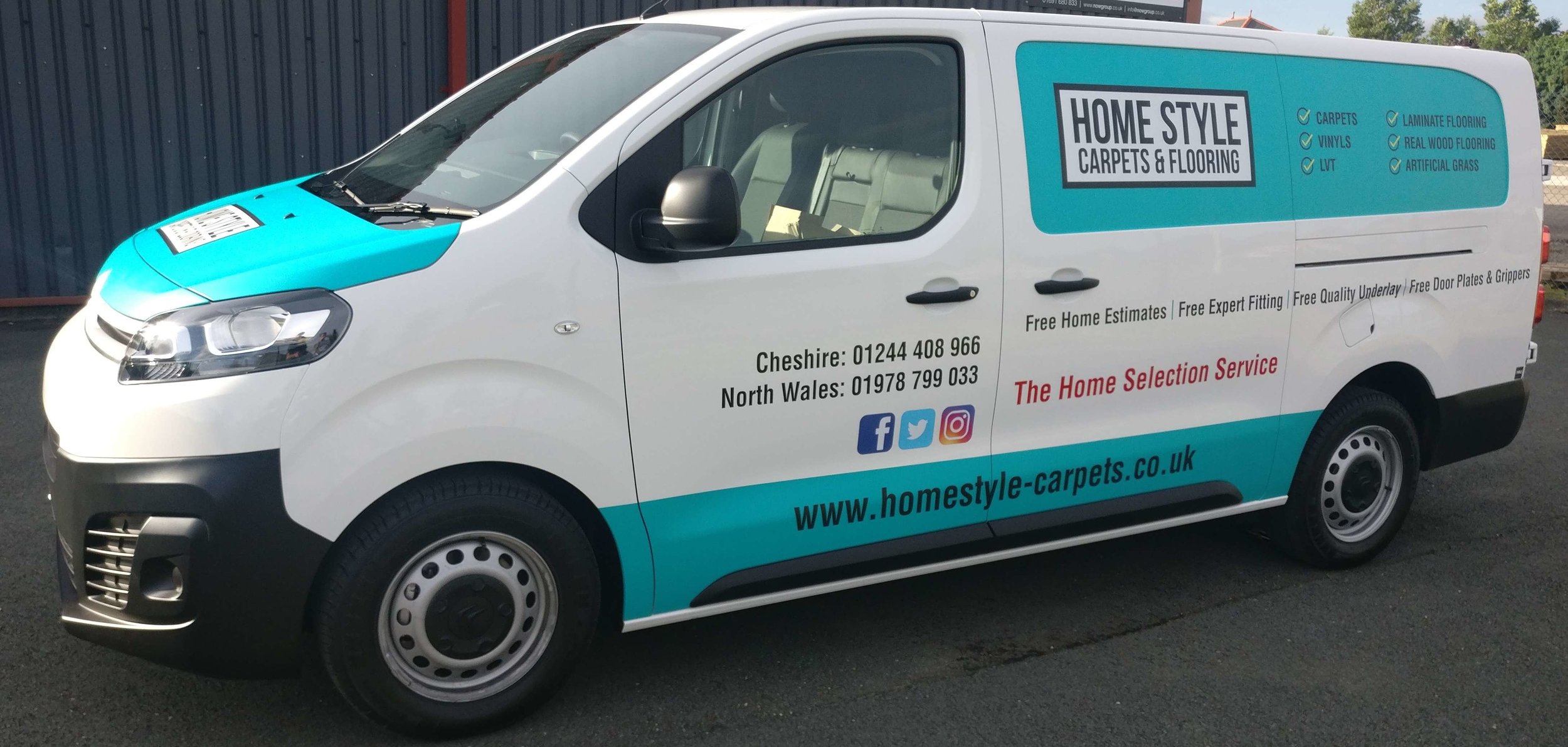How long should carpets last in a rental property?
/When it comes to the floors of a rental property, landlords often choose to fit carpeting. This is because it combines comparatively low expense with ease of installation. Carpets also have other benefits that contribute to their popularity among the owners of rental homes though.
Given that most such properties are flats situated in close proximity to each other, the noise muffling qualities of carpets makes them a sensible floor selection. They also help to retain heat within rooms, which reduces energy costs for tenants.
Carpets, however, are vulnerable to damage as well as everyday wear and tear, meaning eventually they will need to be replaced. So, how long should a decent carpet last within a rental property?
The Basics
If you fit a carpet that is of a good quality, you can expect it to last for 10 years as a minimum, and 15 years at the maximum. Of course, that is referring to standard wear and tear that comes from a carpet being used every day by tenants. Even the best carpets will eventually start to see their material thin out by the end of that time period, simply as a result of being walked on by people wearing boots or shoes.
This is the sort of flooring issue that the landlord of a property can be legally responsible for. Replacing the carpeting in a flat that has been advertised as furnished once it starts to become significantly worn out is part of the role of being a landlord, and something that should be factored into any financial calculations.
When is it the tenant’s responsibility?
Non-furnished property
If the flat is not a furnished one, the tenant is more likely to be the person responsible for laying a carpet if they want one, and for replacing it if it becomes worn or damaged in some way.
Non-standard damage
While even the best quality carpets will wear out eventually, sometimes that can happen more quickly for reasons that are not regular wear and tear.
For example, if the tenant(s) of a property decide that they want to have parties, this can lead to issues such as drinks being spilt on the carpet or material like broken glass causing it to rip or fray. In that kind of situation, it will be the tenant who is held liable for the damage, and he or she may be required to pay for the carpet to be repaired or replaced.
The importance of carpet quality and maintenance
As long as the tenant of the rental property is a responsible person, the single biggest issue that is likely to determine how long the carpets last is their quality.
A carpet that is made of high grade material should last for well over a decade, even when it is being walked on in boots or shoes, but the situation changes if the carpet is of an inferior standard. Poor quality material is likely to show serious signs of wear within five years, or possibly even three in some cases.
Some landlords opt to fit lower quality carpets simply because they are a cheaper way of furnishing the floors of a property in the short term. Ultimately, this is false economy, because they will need to be replaced more frequently than if they had just installed good quality ones to begin with.
The best way to determine the quality of a carpet, other than its price, is by looking at the density of the fibres. The thicker the carpet when you run your fingers through it, the better quality it is likely to be. The thickness of the padding is another indicator, as good quality carpets do not need as much padding.
In terms of maintenance, a carpet should be kept clean and vacuumed to ensure a longer life. It is the responsibility of the tenant to do basic cleaning, and he or she may be charged money by the landlord when the tenancy ends if the carpets are particularly dirty. If that is not the case, it is the job of the landlord to have them cleaned before letting the flat again.
Alternatives to carpets
If you would prefer a floor material that has a lifespan longer than 15 years, vinyl or laminate flooring may be a better choice. Luxury vinyl tiled (LVT) floors can last anywhere up to 25 years, which also makes them popular among landlords.
For a high-end property, solid hardwood floors could be considered. Although these can be vulnerable to scratches, they are easy to repair via sanding. Hardwood floors can potentially last for up to 75 years.
If landlords pick a good quality material, and both they and the tenants know their responsibilities, carpets are a fine choice for rental properties.

